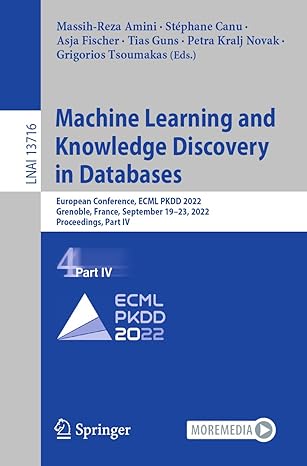
Write code that finds a maximum flow in a directed graph, using the Ford-Fulkerson algorithm on capacities given as matrix void maximum.flow(int n, int s, int t, int capacity, int *low) Your function has the following arguments: n: the number of vertices of the graph, - s: the start vertex - t: the target vertex capacity: the matrix of edge capacities. - flow: the matrix used to return the maximum flow. The vertices are numbered from 0 to n-1, so s and t are numbers in that range. capacity, flow are a pointers to n n matrices of non negtive integers, the array el- ement capacity[i] [jl is the capacity of the edge from i to j, and can be accessed as (capacity + i*n j). Your function should return in the matrix flow the flow values of the maximum flow from s to t. The flow variable of your function points to space allocated for the flow matrix. Your function will need at least the following auxiliary arrays: -an n n matrix to hold the current flow, -an n n matrix to hold the current residual capacities, - an array to maintain which vertices are already visited in the search of an augmenting path from s to t with positive residual capacity. You have to allocate the auxiliary arrays. You can use either BFS or DFS for the search of the augmenting path Write code that finds a maximum flow in a directed graph, using the Ford-Fulkerson algorithm on capacities given as matrix void maximum.flow(int n, int s, int t, int capacity, int *low) Your function has the following arguments: n: the number of vertices of the graph, - s: the start vertex - t: the target vertex capacity: the matrix of edge capacities. - flow: the matrix used to return the maximum flow. The vertices are numbered from 0 to n-1, so s and t are numbers in that range. capacity, flow are a pointers to n n matrices of non negtive integers, the array el- ement capacity[i] [jl is the capacity of the edge from i to j, and can be accessed as (capacity + i*n j). Your function should return in the matrix flow the flow values of the maximum flow from s to t. The flow variable of your function points to space allocated for the flow matrix. Your function will need at least the following auxiliary arrays: -an n n matrix to hold the current flow, -an n n matrix to hold the current residual capacities, - an array to maintain which vertices are already visited in the search of an augmenting path from s to t with positive residual capacity. You have to allocate the auxiliary arrays. You can use either BFS or DFS for the search of the augmenting path







